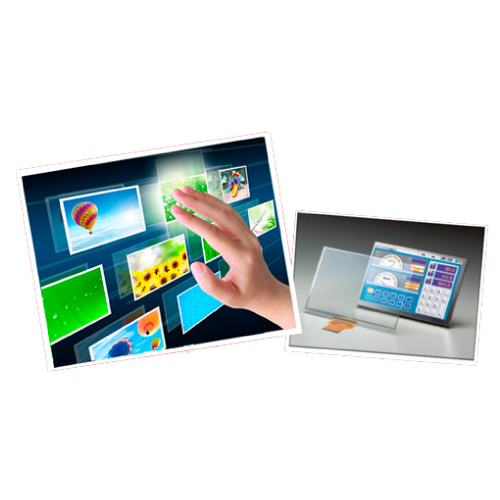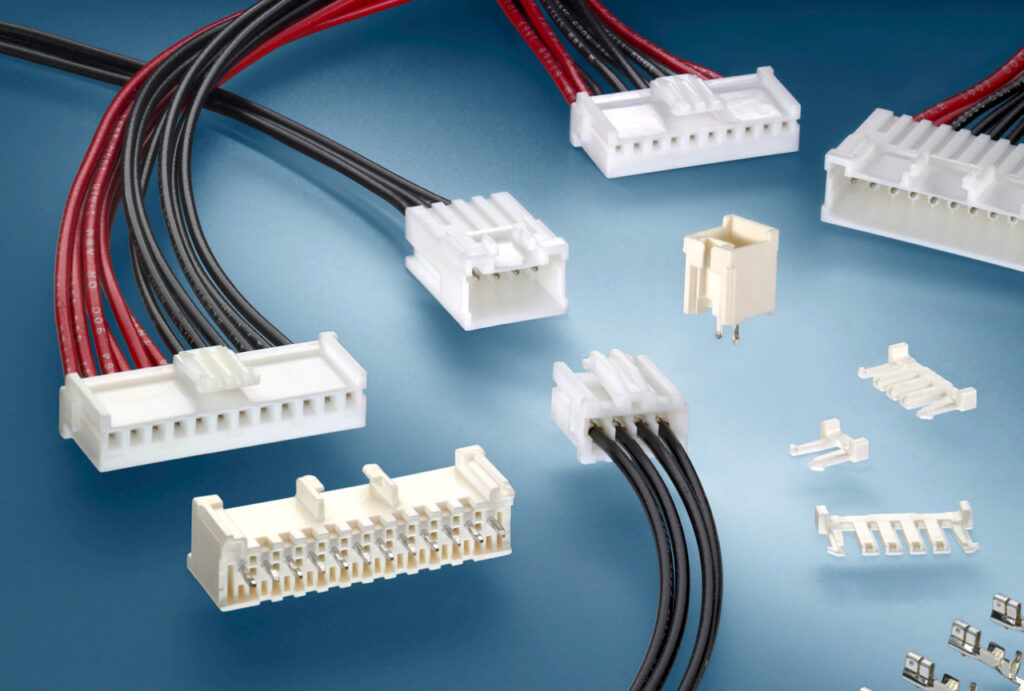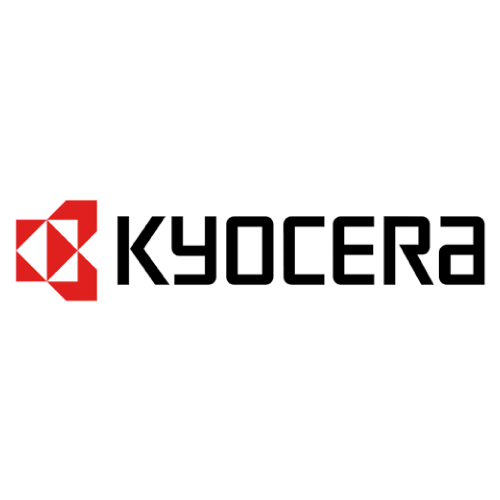Memory-In-Pixel (MIP) Technology
Home » Products » LCD Displays » Memory-In-Pixel (MIP) Technology
Memory-in-pixel (MIP) technology is a relatively new type of display technology that promises to revolutionize the way we view and interact with screens. Unlike traditional displays that rely on multiple layers of components to produce an image, MIP technology uses a single layer of memory to store and display images.
Features
With a randomly accessed stored bit per pixel cell structure, you address pixels individually, refreshing only those pixels which need to be changed thereby reducing power requirements.The extremely low power LCD cell structure design makes these displays excellent candidates for battery powered applications, such as wearable medical devices, wearable sports gear, Internet-of-Things products and other portable applications.
The MIP technology provides:
- Ultra-Low Power in Static Mode
- Low Power when Changing Images
- Contrast Ratio > 24:1
- Reflectance > 17%
About
How the technology works
MIP technology uses a unique approach to display images. Instead of using multiple layers of components to produce an image, MIP technology uses a single layer of memory that is embedded directly into the pixels of the screen. Each pixel contains a small amount of memory that stores the image data for that particular pixel.
When the screen is refreshed, the memory in each pixel is read out and used to produce the final image. Because the image data is stored directly in the pixels, MIP technology eliminates the need for a separate memory component, which can reduce the overall thickness of the screen.
Advantages and limitations
One of the primary advantages of MIP technology is its low power consumption. Because each pixel stores its own image data, the screen only needs to refresh the pixels that have changed, rather than refreshing the entire screen. This can significantly reduce the power consumption of the display, making it ideal for use in portable devices like smartphones and tablets.
Another advantage of MIP technology is its high contrast ratio. Because each pixel is capable of storing its own image data, MIP displays can produce deeper blacks and brighter whites than traditional displays, resulting in a higher contrast ratio.
However, MIP technology also has some limitations. One of the biggest limitations is its low resolution. Because each pixel must store its own image data, the amount of memory available for each pixel is limited. This can result in lower resolution displays compared to traditional displays.
Another limitation of MIP technology is its limited color gamut. Because MIP displays use a single layer of memory to store image data, they may not be able to produce as wide a range of colors as traditional displays.
Applications
MIP technology has a wide range of potential applications, particularly in portable devices. Because of its low power consumption and high contrast ratio, MIP displays are ideal for use in smartphones, tablets, and other portable devices.
MIP technology may also be useful in other applications, such as digital signage and smart home devices. The low power consumption and high contrast ratio of MIP displays could make them an attractive option for use in these types of devices.
Conclusion
Memory-in-pixel (MIP) technology is a promising new display technology that offers many advantages over traditional displays. Its low power consumption, high contrast ratio, and thin profile make it ideal for use in portable devices, while its potential applications in other areas make it an exciting technology to watch in the coming years. While MIP technology does have some limitations, its advantages make it a compelling option for many applications.
















HI, I am interested in the MIP LCD. May i have more detail spec of this product. Where is manufacturer? Who is the original manufacturer?
Our application is wearable medical device. Hence this LCD is very suitable for us.
But wonder is it bendable? curve?